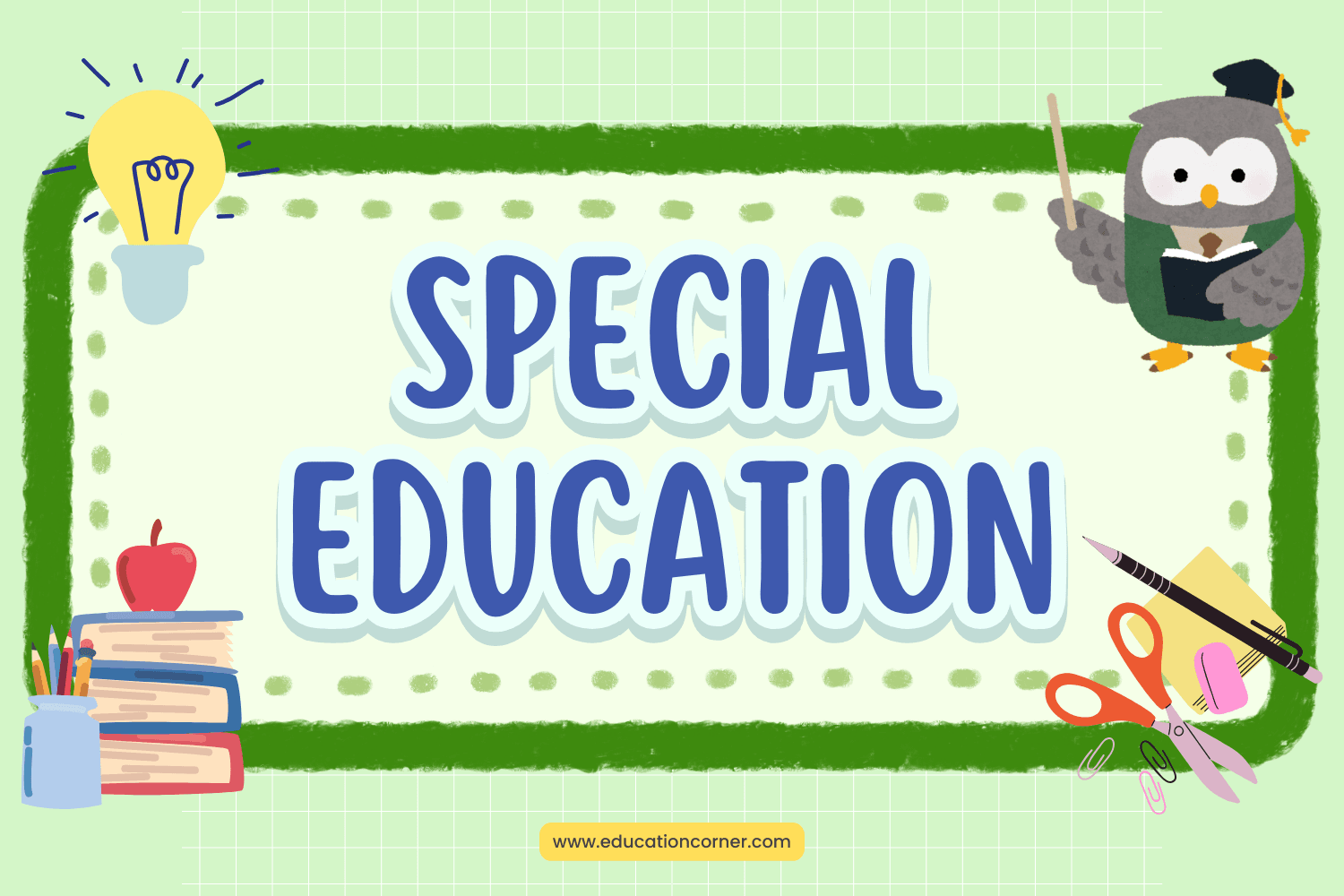The first eight years of a person’s life is a crucial period for brain development. During this time, children are still developing motor skills and brain functions.
Many children suffer injuries or are born with disabilities which impede brain development. As a result, special education programs have been established to assist disabled children learn and develop.
The Education for All Handicapped Children Act (EHA), enacted by the United States Congress during the mid 1970’s was passed to ensure all children struggling with mental and physical disabilities receive proper education in public schools.
The law mandated that all public schools offer special education programs. These programs are designed to provide the same education other children receive but are tailored to their specific needs. The EHA is now known as the Individuals with Disabilities Education Act (IDEA).
The IDEA has since been amended to better address the problems special needs children struggle with. It is now known as the Individuals with Disabilities Education Improvement Act (IDEIA). Under the IDEIA, states can request federal funds to support local and state special education programs. This money is also frequently used to purchase technology to assist special needs children and train teachers.
The IDEIA also expanded the amount of classified disabilities to be addressed by special education programs since children struggling with disabilities require different forms of assistance. For example, some children can learn and participate in a traditional classroom while others cannot. As a result, it’s the responsibility of counselors, teachers, and parents to determine the proper assistance programs special needs children require.
Topics and Resources
Explore popular topics, resources and articles about special education.
- Navigating the Special Education System
- Normal? Or developmentally delayed?
- 10 Basic Steps of Special Education
- How to Determine if Traditional Education Isn’t Working for Your Child
- Effective Memory Strategies for Special Needs Children
- Meeting the Needs of Special Needs Students in the Inclusion Classroom
- The Growing Field of Special Education
Categories
Explore special education topics by category.

